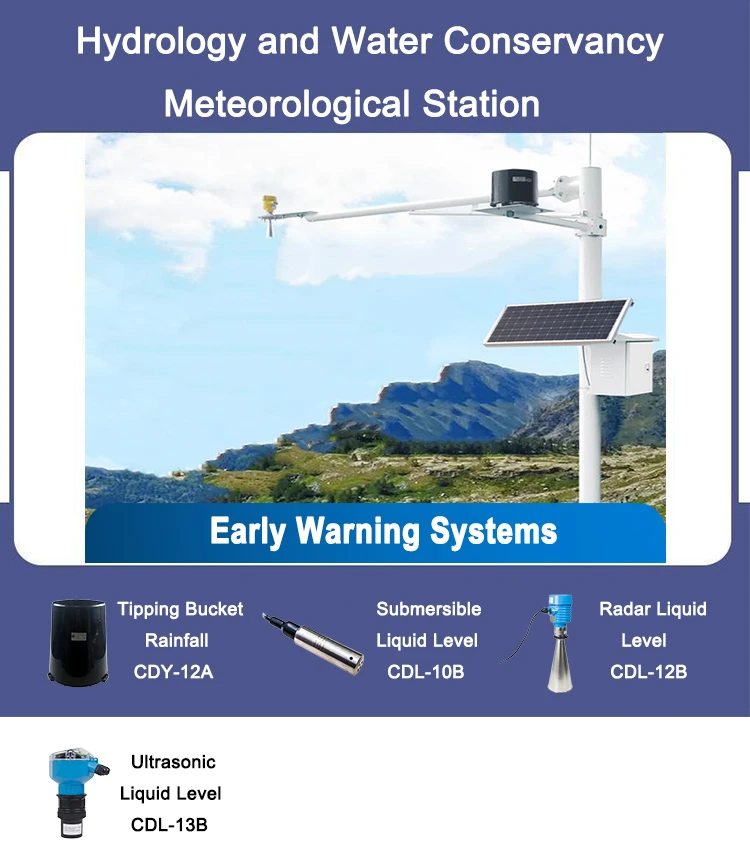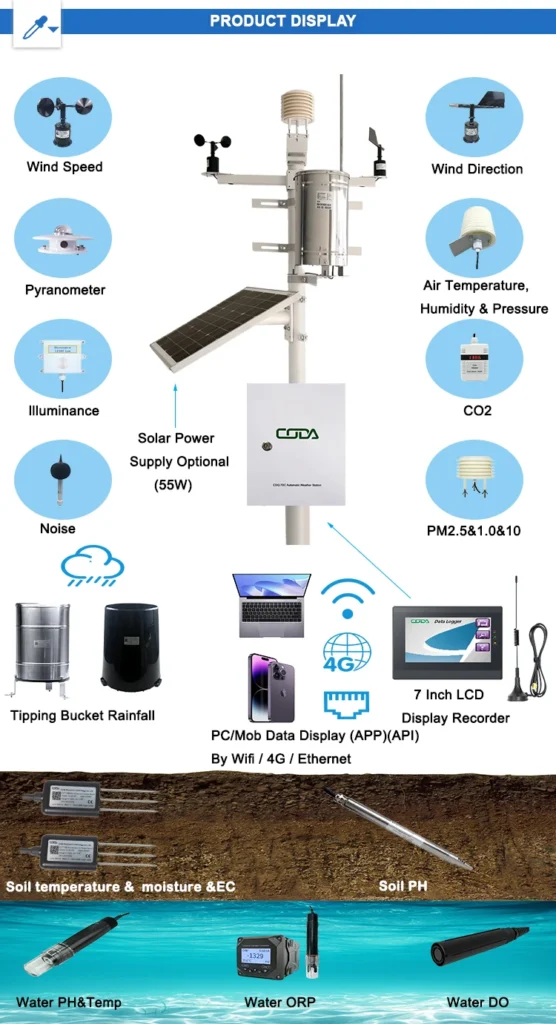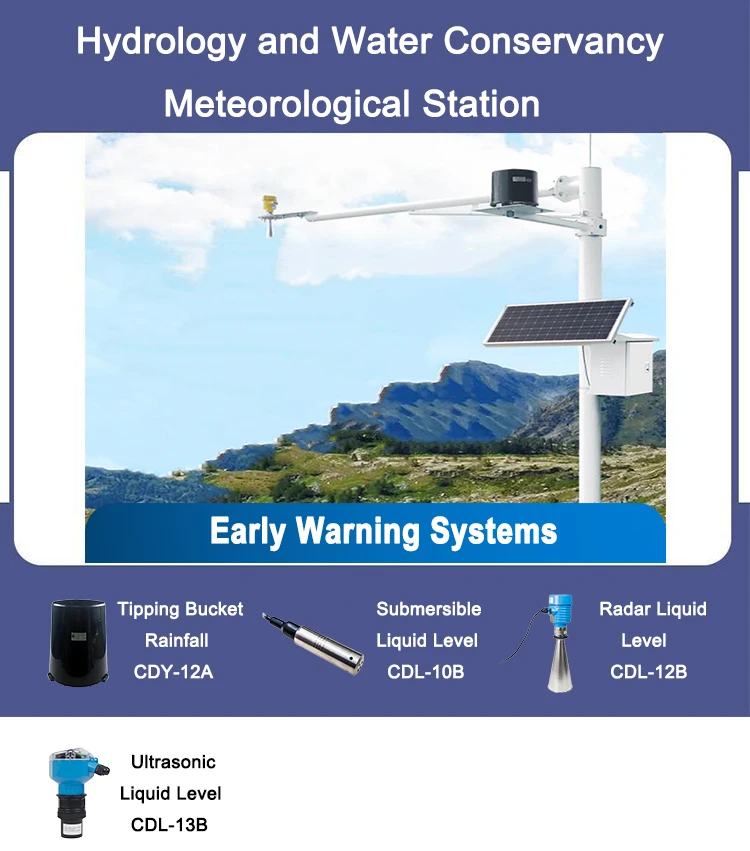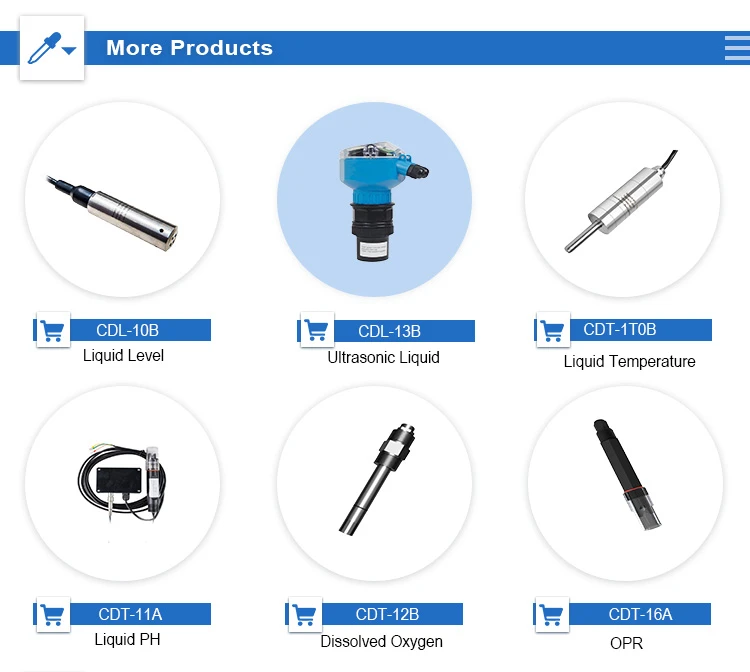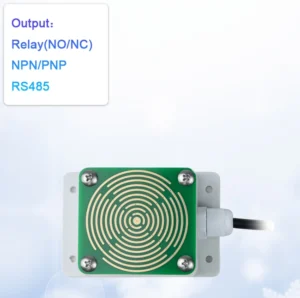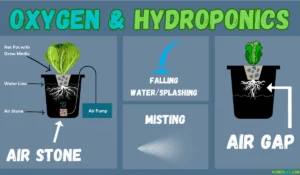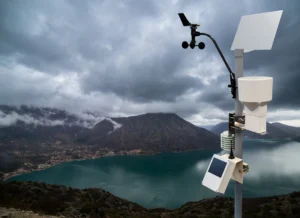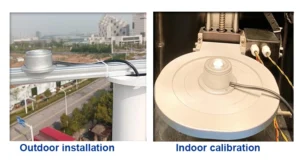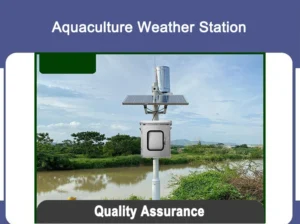What is a hydrographic station ?
Introduction
Hydrologic stations help us learn about the water cycle. They also help us take care of water resources. These stations track river flow and areas at risk of flooding.
Hydrologic stations play a key role. They are more than just tools. They provide us with vital information.
This information helps keep our water safe and protects us from disasters. This article looks at their parts, functions, and importance.
Definition and Concept
A hydrologic station is a place with tools to measure water features. This includes the physical, chemical, and biological parts of water. It also looks at how water moves in areas like rivers, lakes, and aquifers.
As human needs grow and the environment changes, hydrologic stations become more important. They are key in hydrology. They give data for research, managing water, and making decisions.
Components of a Hydrologic Station
Measuring Instruments
Water Level Gauges:
Staff gauges help track water height. They are simple rods that sit in the water. Electronic sensors give more precise measurements.
Pressure transducers measure how much pressure is in the water. Ultrasonic sensors use sound waves to check the water level.
Flow Meters:
Hydrological monitoring gauging stations used to measure water flow rate. Mechanical flow meters, such as propeller types, measure flow by checking how fast they spin. Electromagnetic flow meters use electromagnetic induction. ADCPs use sound waves to measure speed at different depths.
Water Quality Sensors:
These tools test water quality. They measure pH, dissolved oxygen, temperature, turbidity, and chemicals. Some advanced sensors can find certain germs or pollutants.
Rain Gauges:
Measure rainfall. You can use simple containers or more advanced tipping–bucket gauges to collect the water. These gauges record each time a small amount of rain tips the bucket.
Data Loggers and Transmission Systems
Hydrological monitoring gauging stations data loggers store sensor data at set intervals. Modern ones have large storage and connect to other devices.
For data transmission, hydrological station use wired connections near data centers. They also use wireless methods. These include cellular networks, satellite communication for remote areas, and RF links for short-range transfer.
Support Infrastructure
A stable power supply, such as solar panels, is very important. The station needs a shelter. This will keep its instruments safe from bad weather and harm. Access roads make it easier to maintain, calibrate, and retrieve data.
Functions of a Hydrologic Station
Data Collection for Scientific Research
Hydrologic stations give data for studying the hydrologic cycle. Scientists look at long-term data from many stations. They want to learn how water moves.
They also look at how climate change and land use affect water. For example, comparing data from forested and cleared areas helps study the effects on river flow.
Water Resource Management
Managers use station data to share water. They also manage water reservoirs and plan for supplies. Knowing river flow rates helps people figure out how much water they can use. This way, they won’t harm the ecosystem or other users.
Reservoir operators change water release based on inflow and outflow data. They also use water quality data to ensure safe drinking water.
Flood and Drought Monitoring and Early Warning
During heavy rain, stations check water levels and flow rates. They do this to give flood warnings. In droughts, they watch for drops in water levels. This helps with actions such as saving water and rationing it.
Environmental Monitoring and Protection
Stations check the health of water ecosystems by watching water quality. When pollution is found, we can take steps to reduce its sources. We can protect species and fix damaged areas. They also help study how climate change affects water resources.
Significance of hydrologic weather station
Social Significance
Hydrologic weather station data helps save lives during floods. It provides warnings on time and helps people leave safely. During droughts, it helps meet important water needs. It also ensures clean water for homes and helps plan water supply systems.
Economic Significance
In farming, data from water stations helps farmers know when to water their crops. This allows them to grow more crops. Industries that need water can operate better.
Good water quality and availability, tracked by these stations, also attract tourists. This is good for the tourism industry.
Environmental Significance
Stations help protect the environment by providing important data. This data helps keep aquatic habitats safe and protect species. It also helps keep balance in nature.
The information helps to bring back wetlands. It shows how what people do affects water resources.
Hydrologic Station Conclusion
Hydrologic stations are key for managing water resources. They measure water factors. Also help with research. They keep people and nature safe.
New technology will help us keep our water safe, even when we face challenges.
